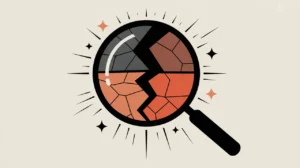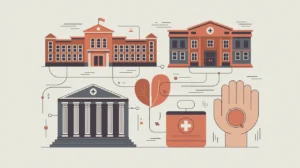Importance of Long-Term Sustainability
Long-term sustainability ensures that social, economic, and environmental gains are maintained over time rather than eroded after initial success. It addresses the challenge of creating solutions that endure beyond project cycles, donor funding, or leadership changes. For development, philanthropy, and social innovation, long-term sustainability matters because it safeguards investments, protects communities from recurring crises, and builds resilience across systems.
Definition and Features
Long-term sustainability refers to the capacity of initiatives, organizations, and systems to continue delivering value and impact into the future. Its defining features include:
- Durability – outcomes are preserved beyond short-term interventions.
- Resilience – ability to adapt and withstand shocks such as economic downturns or climate impacts.
- Institutionalization – embedding solutions into policies, systems, or cultural norms.
- Financial Viability – securing diverse and stable resource flows.
- Intergenerational Equity – ensuring benefits for future generations.
How this Works in Practice
In practice, long-term sustainability can mean integrating community health programs into government systems, establishing renewable revenue models for social enterprises, or embedding conservation practices in local institutions. Development projects often transition from donor funding to domestic financing or community ownership to remain viable. Common barriers include over-reliance on external funding, lack of capacity building, and short-term political or donor priorities that undercut systemic durability.
Implications for Social Innovation
Long-term sustainability pushes innovators to design with permanence in mind. It encourages strategies such as co-creation with local stakeholders, diversified financing models, and alignment with public systems. By focusing on sustainability, social innovators ensure that their work contributes to immediate and lasting improvements that benefit communities well into the future.







